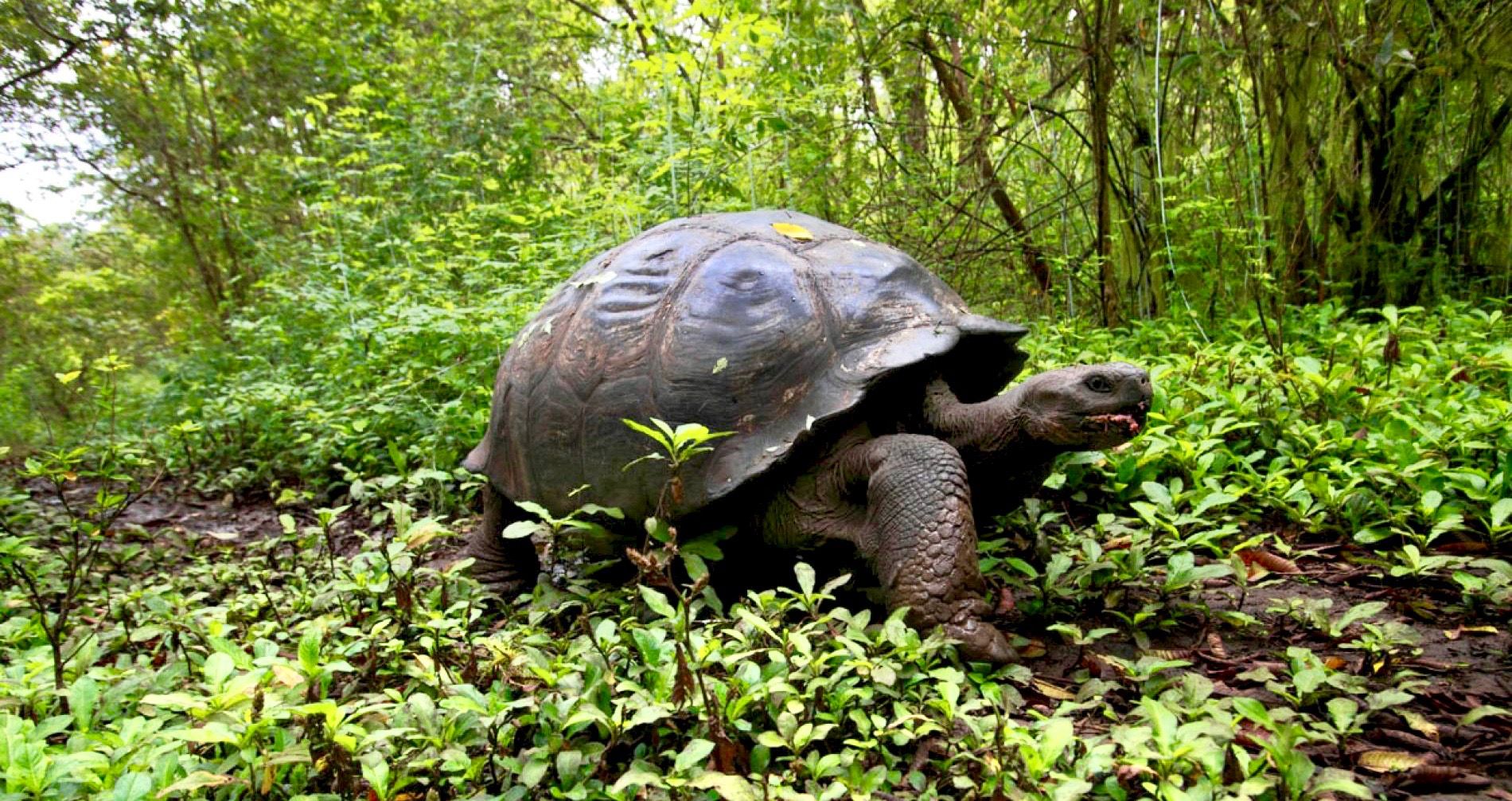An estimated 123 giant tortoises have been stolen from a Galápagos Islands breeding facility. The tortoises, which attract thousands of tourists to the Ecuadorian islands, were removed from Isla Isabela on Tuesday, the environment ministry said.
The incident is currently being investigated and if caught the perpetrators could face a sentence of up to 10 years in prison. “They were all taken at once, 123 in all,” Washington Paredes, a local politician, told AFP of the tortoises. “It was a robbery.” Paredes added that the facility the tortoises were stolen from has little security, including no cameras or light sensors. “The turtles are just there. If somebody wants to go in by night and steal, they can,” he said.
Giant tortoises are often poached by wildlife traffickers. In June, 26 tortoises that had been stolen and taken to Peru were returned to the islands. The Galápagos, part of the Republic of Ecuador, is an archipelago of volcanic islands 563 miles west of continental Ecuador. The numerous species on the islands were exhaustively studied by Charles Darwin, whose theory of evolution by means of natural selection was based on his observations. The islands were given UNESCO World Heritage status in 1979.
Given their isolated location, the islands are home to an array of plant and animal species, many of which are extinct elsewhere. Thirty percent of plants, 80 percent of land birds and 97 percent of reptiles are only in existence on the islands. They are also one of only two places, along with Aldabra, 700 km east of Tanzania in the Indian Ocean, where giant tortoises, the largest living tortoise species, continue to breed.
The Galápagos giant tortoise can weigh up to 919 lbs. Native to seven of the Galápagos Islands, the tortoises have lifespans in the wild of over 100 years. A captive specimen lived at a reported 170 years. Shell size and shape vary between populations. On islands with humid highlands, tortoises are larger and have domed shells and short necks, while on islands with dry lowlands, tortoises are smaller with saddleback shells and long necks.
Tortoise numbers dropped from over 250,000 in the 16th century to a low of roughly 3,000 in the 1970s. This decline was the result of overexploitation of the species for meat and oil, habitat clearing for agriculture, and the introduction of non-native animals, like rats, goats, and pigs, to the islands. Tortoise populations on at least three islands have become extinct due to human behaviors.
RELATED: 20 Images That Show The Galápagos Islands Is Actually Worth The Hype
Ten species of the original 15 still survive in the wild. Conservation organizations have released thousands of captive-bred tortoises onto the islands, and numbers have risen to an estimated 19,000 at the start of the 21st century. The species as a whole, though, is still categorized as vulnerable by the International Union for Conservation of Nature.

